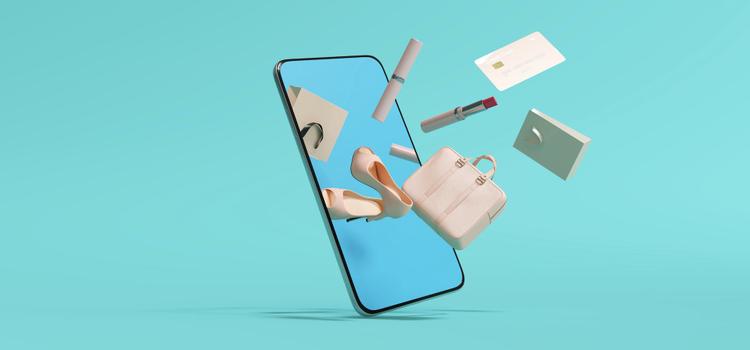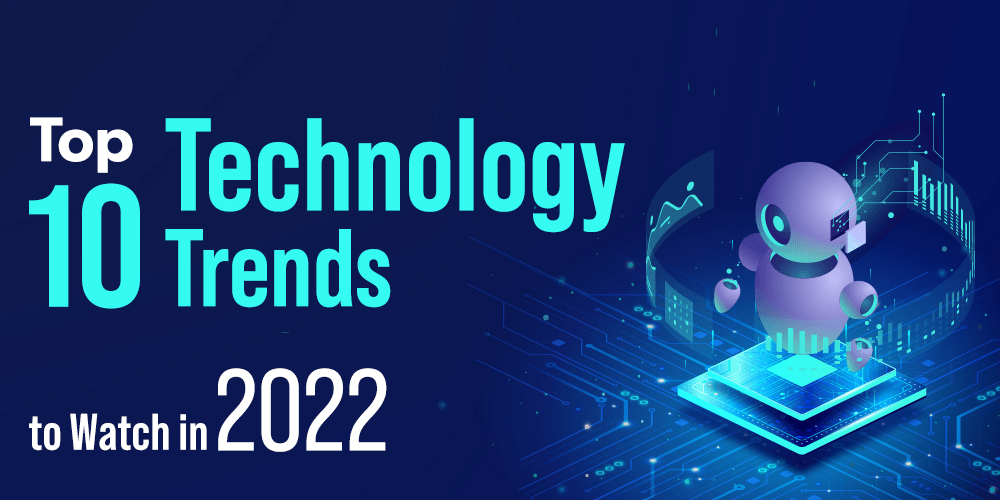
The industry has seen many changes over the years. Technology has advanced and we now see a lot of AI and machine learning in the customer service area. Virtual reality technology, which is also used to advertise hospitality services and products, has made it possible for many companies to do so in a completely new way. Trends in the hospitality industry are also influenced by broader global events. Businesses had to pay more attention to safety, health, and hygiene after the COVID-19 pandemic. Businesses have been challenged by global events such climate change and sustainability, which has prompted them to look closer at the local market.
Sustainability
In the hospitality industry, there are many sustainability trends. For example, hotels are focusing on reducing food waste and water consumption. Some hotels have put in electric vehicle charging station, installed efficient HVAC systems and even green roofs that include solar panels. Some are also upgrading their lighting systems and switching over to LED lightbulbs. Restaurants are now installing air-cooled ice makers.
Local dishes are being served by hotels as well. These days, many hotels are offering vegan and vegetarian options, as well as using sustainable materials and products. Innovative concepts like Airbnb and farmhouse accommodation give guests a more authentic experience. There are also services offered by travel agents that help guests plan local activities and eat local food. While the hospitality industry used to be dominated by fast-food restaurants, sugary beverages and other unhealthy foods, there has been a cultural shift that has seen many companies offer healthier dishes.

IoT technology
IoT can be used by hoteliers to manage inventory and assets in real-time. They can also make personalized guest experiences with this technology. For example, staff can find equipment quicker and reduce wait times by using connected asset trackers. Smart equipment can also monitor inventory and notify staff when items have left the guest's rooms.
IoT will allow hoteliers to provide a better guest experience and reduce energy consumption. This will also increase guest satisfaction. These technologies can also reduce operating costs for hotels and help them create new revenue streams. The hospitality industry is still far behind the rest in terms of adopting new technologies. However, this trend is on the rise.
Keyless entry
While keyless entry technology is convenient for guests, it can also make hotels more expensive. Because of the high cost of retrofitting many doors, hotels might be reluctant to invest in these systems. Starwood Hotels & Resorts may need to pay for the upgrade, while Hilton Worldwide and Starwood Hotels & Resorts have indicated that they are willing or able to contribute a portion. Both companies intend to provide the technology to their guests by year's end.
Keyless entry allows guests to book directly and can even lead to re-bookings and direct bookings. This technology is being explored by many hotel brands to encourage more direct bookings.

IoT enabled rooms
IoT-enabled hotels offer many benefits. These include smarter service and automated front desk management. Hoteliers can use the Internet of Things to track guests' movements, luggage and cleaning carts. This information can be used to help hotel managers manage inventory better. IoT-enabled hotels can also allow guests to customize their rooms. Virtual assistants can also be used to help guests adjust their rooms' temperature or wake them up when they are asleep.
IoT enabled rooms in hotels can help improve guest satisfaction and make the experience as seamless as possible. The room will automatically activate the preferences that guests have selected through a central app. In addition, smart devices in the room can detect occupancy and movement, and turn off certain appliances automatically when a guest leaves.
FAQ
What do teenagers purchase the most?
There are a lot more data available about consumer trends than we can use, but none of them is actionable. We decided to take a look at the data. We wanted to see which products and services were purchased by teens. We also looked at how the purchases have changed over the years.
Even we were amazed by the results. We were surprised to see that teens are fairly frugal when it came to shopping habits. They spend more on clothing than any other group apart from books. However, when it comes technology, they spend far more than any other age.
Teens are big consumers of mobile phones, tablets, and computers. These devices were purchased by almost 2 billion dollars last year by 13-17-year-olds.
But what stands out is that while they might be spending a lot on electronics, they aren't spending much on apps. The app market makes up less than one percent of all teen smartphone use.
It means that the majority of them use smartphones to browse the internet. They use Snapchat and Facebook. They play games on Xbox, PlayStation, and Nintendo.
They use their smartphones to make calls, view videos, and listen to music.
Now that's an interesting trend because it suggests that teens are increasingly relying on their mobiles, which makes sense given that they spend more time online.
They're also spending more time watching TV. Teens watch TV more than any other age, apart from those aged between 5 and 9 years.
There are many reasons they turn to TV. One reason they choose TV is because it is easier to manage. They tend to stick with traditional media, despite having access to many digital options.
It offers more variety. Kids love to switch channels, so they'll often pick up whatever's on instead of sticking with one channel.
It's simply fun. Teenagers like being able to interact with characters on screen, whether it's talking to their favorite celebrities or exploring worlds where they can become heroes themselves.
They aren't happy with the content they see. Common Sense Media's survey found that 90% parents think their children would rather see less TV if there were better shows. Two-thirds say their kids would rather play video than watch TV.
This shouldn't surprise anyone. This is not surprising considering that we know that obese kids are more likely those who watch TV more. Harvard University's new research supports this conclusion.
It was discovered that watching TV for an additional hour per day is associated with a 2.5 point increase in the BMI of children aged 6-11.
Maybe it's high time that we start thinking about ways to get our kids off of screens. We should ensure that our children have healthy snacks and drinks.
Or perhaps we should encourage them to play sports instead. The latest figures show that physical activity levels are declining across all age groups. This is why we need to do something.
The good news? There are many things you can do to improve youth health. All you need to do is look at the evidence.
What is the impact of technology on the fashion industry? There have been many changes.
We are witnessing a shift away physical stores to digital ones. eCommerce will also become more popular.
We are also seeing shifts in the way that shoppers interact directly with retailers. While shoppers want to shop wherever they are, they still want to feel special when visiting a store.
Retailers are adapting and creating new ways for customers to interact with them. They offer mobile payment options so that shoppers can shop while they browse. They also offer apps that let them discover new products before they enter the store.
Shoppers are also becoming more demanding. They no longer want to browse catalogs or visit websites. They want to see and feel the products firsthand. Pop-up shops and events are held by retailers.
How does technology affect the fashion industry
Today, consumers are turning to technology to shop and buy clothes. Smartphones and tablets are used to search through various stores and compare prices. Sometimes this involves using apps to scan products and get instant feedback from other shoppers.
This is especially true if you are looking for unique or difficult-to-find clothes. The Internet is a great place for shopping designer goods. You don't even need to visit physical stores in order to buy your favorite brands.
What fashion trends are you anticipating for 2023?
The future is uncertain. Fashion is unpredictable. But there are two trends that we can expect to see continue. Athleisure has been a rising trend. Athleisure is already gaining popularity, from yoga pants to shorts and tanks to sweatpants and sweatshirts.
However, it is not just clothing companies that are going casual. They're also being worn by professional athletes. Tennis star Serena Williams wore an athleisure dress while playing against Naomi Osaka.
Personalized products will be a growing trend. Brands like Nike have started creating shoes that fit each person's feet.
We will likely see more advancements in wearable technology as technology advances. We may also see a shift in the way we shop. We could see mobile apps that let us customize our outfits as self-service kiosks become more common.
Statistics
- 56% of respondents stated they held off on traveling for major entertainment events last year, but have plans to return to these events this year.1 (americanexpress.com)
- 55% of respondents agree they want to book a once-in-a-lifetime vacation in 2022. (americanexpress.com)
- While 19% of respondents state they didn't travel in the past two years, other families' favorite experiences included: domestic travel (19%), beach resorts (12%), road trips (11%), international travel (10%), staycations (7%), camping (6%), and more.1 (americanexpress.com)
- Just 5% of consumers expect to wait until December to begin shopping, while more than 70% said they'd start before Thanksgiving. (junglescout.com)
- As experts quabble over the official call, most consumers are already experiencing economic uncertainty: 52% say their household income is unstable, up 36% from three months ago, and 73% have either reduced or maintained their overall spending levels. (junglescout.com)
External Links
How To
What are the most recent trends in the industry of travel?
So many changes are happening right now in the world of travel and tourism. These industries are rapidly changing and evolving thanks to more innovation and technology.
There are many options to travel. People are more likely than ever to travel. Self-catering accommodations are becoming more popular, so travelers can choose where to stay depending on their interests.
A growing number of people prefer to book holidays online and ahead of time, as opposed to waiting until the last minute. They want to make sure they get the best deal and value for their money when they book.
Flexible payment options are offered by many companies, including monthly and yearly. This helps customers save money while they plan their trips.
The sharing economy is another trend becoming more popular. In order to save money, people are renting out their spare bedrooms or cars to other people.
Airbnb is one of many apps that allow you to rent your home or property to other people. These services are helping people to earn extra income as well as save money.
Social media platforms like Instagram and Facebook have made it easier for travelers to connect with local businesses and make connections with other travelers. This makes the entire travel experience easier and more enjoyable.
These are just a few examples of the many innovations and changes happening in the industry. Nowadays, we have many opportunities to explore and experience new places and cultures.